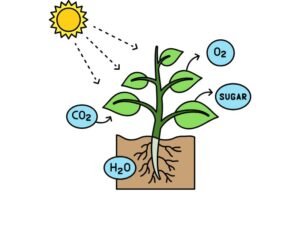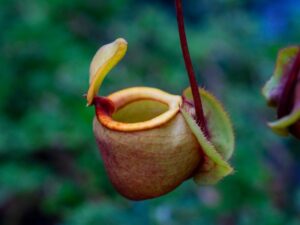How Do Trees Talk Underground?
There’s a hidden network beneath your feet — and it’s not just roots.
If you walk through a forest, it seems calm.
Trees stand quietly. Leaves rustle. Nothing appears to be speaking.
But deep underground, something amazing is happening.
The trees are talking.
And they’re not just saying hello.
They’re sharing resources, sending warnings, and even nurturing their young.
Not with words — but with fungus.
Meet the Wood Wide Web
Scientists call it the “Wood Wide Web.”
It’s not made of computers — it’s made of fungi.
Tiny threads of fungus, called mycelium, grow underground.
They wrap around and even enter tree roots, forming a network that connects trees to each other.
Think of it like an underground internet — except instead of emails, it sends nutrients, signals, and help.
These fungi and trees form a mutual relationship:
- The fungus gets sugars from the tree (which it can’t make on its own)
- The tree gets water and minerals delivered by the fungus
- And through this connection, messages start to flow
What Do Trees Actually “Say”?
Here’s what scientists have discovered so far:
- Sick trees can receive help — nutrients flow to them from healthier neighbors
- Parent trees send extra carbon to saplings growing in the shade
- When a tree is attacked by insects, it can send chemical signals through the network to warn others — and nearby trees then boost their defenses before the bugs arrive!
Some trees even seem to recognize family members vs. strangers.
They’re not thinking like humans.
But they are responding, reacting, and cooperating — all through a living network underground.
So… Is It All About the Fungus?
Pretty much.
This whole system depends on fungi called mycorrhizal fungi (say it like: my-core-RYE-zul).
These fungi form a web that connects not just one tree to another, but entire forests.
They allow for:
- Fast sharing of resources
- Defense strategies
- Growth support for young or shaded trees
- Communication between different species of plants!
Without fungi, the forest becomes less connected, less cooperative — more like a crowd than a community.
What This Means for Us
We used to think trees just competed for sunlight.
Now we know many forests act more like families or neighborhoods than battlefields.
It changes how we see nature:
- Not just as individuals, but interconnected lives
- Not just survival, but support
- Not just stillness, but listening
When you walk in the woods now, maybe you’ll look at trees differently.
They’re not just standing around.
They’re talking in a language older than we understand.
Still Wondering?
- Do trees always cooperate — or do they compete too?
- Can plants “choose” who to help?
- What happens when humans cut down one tree from a connected forest?
🌳 Want to Discover More Nature Secrets?
Our dives into the strangest and smartest things the natural world is doing behind our backs — from trees whispering through fungus to fish that fake their own death.
Perfect for thoughtful kids who ask big questions — and for parents who love that spark.



